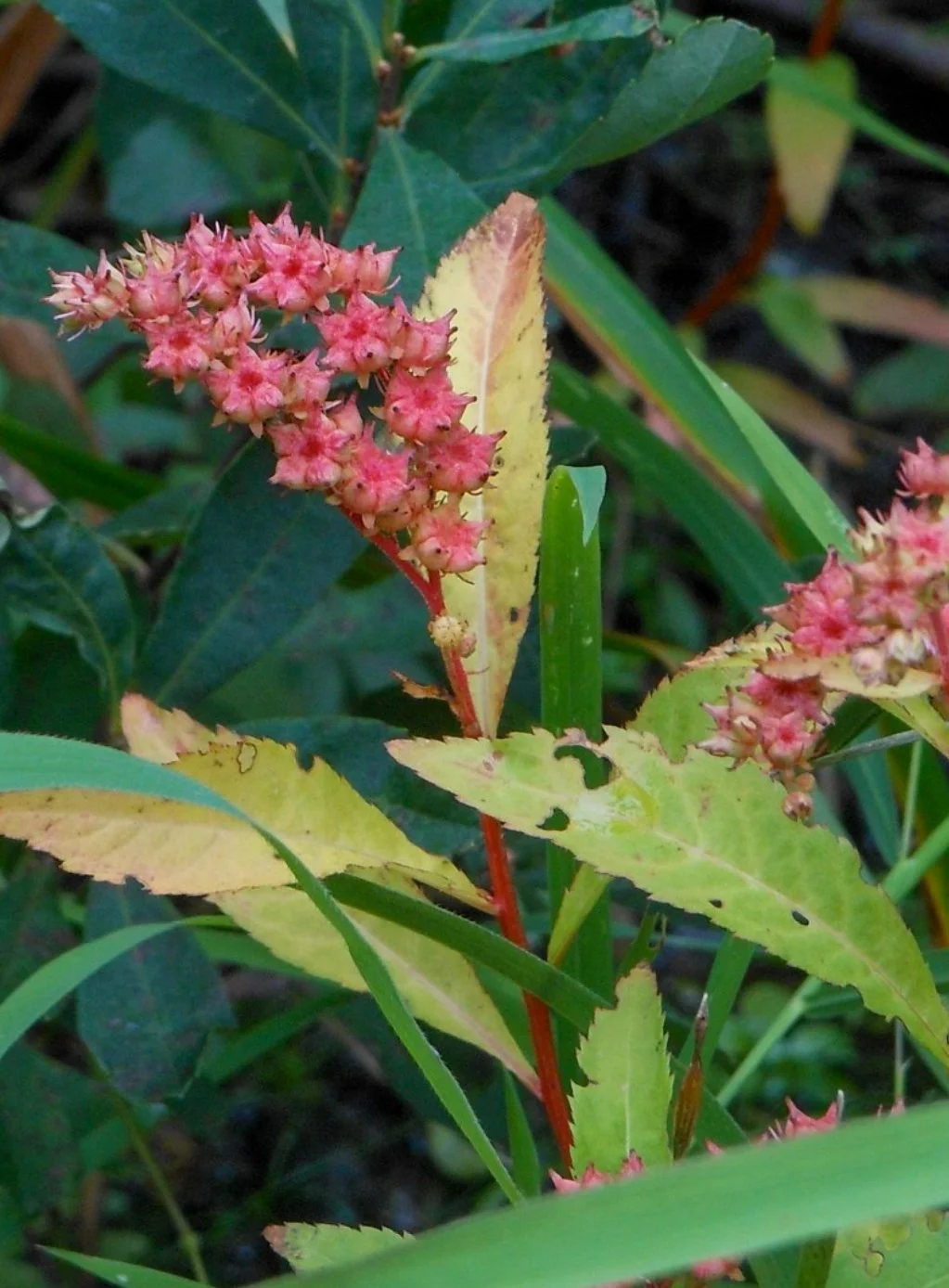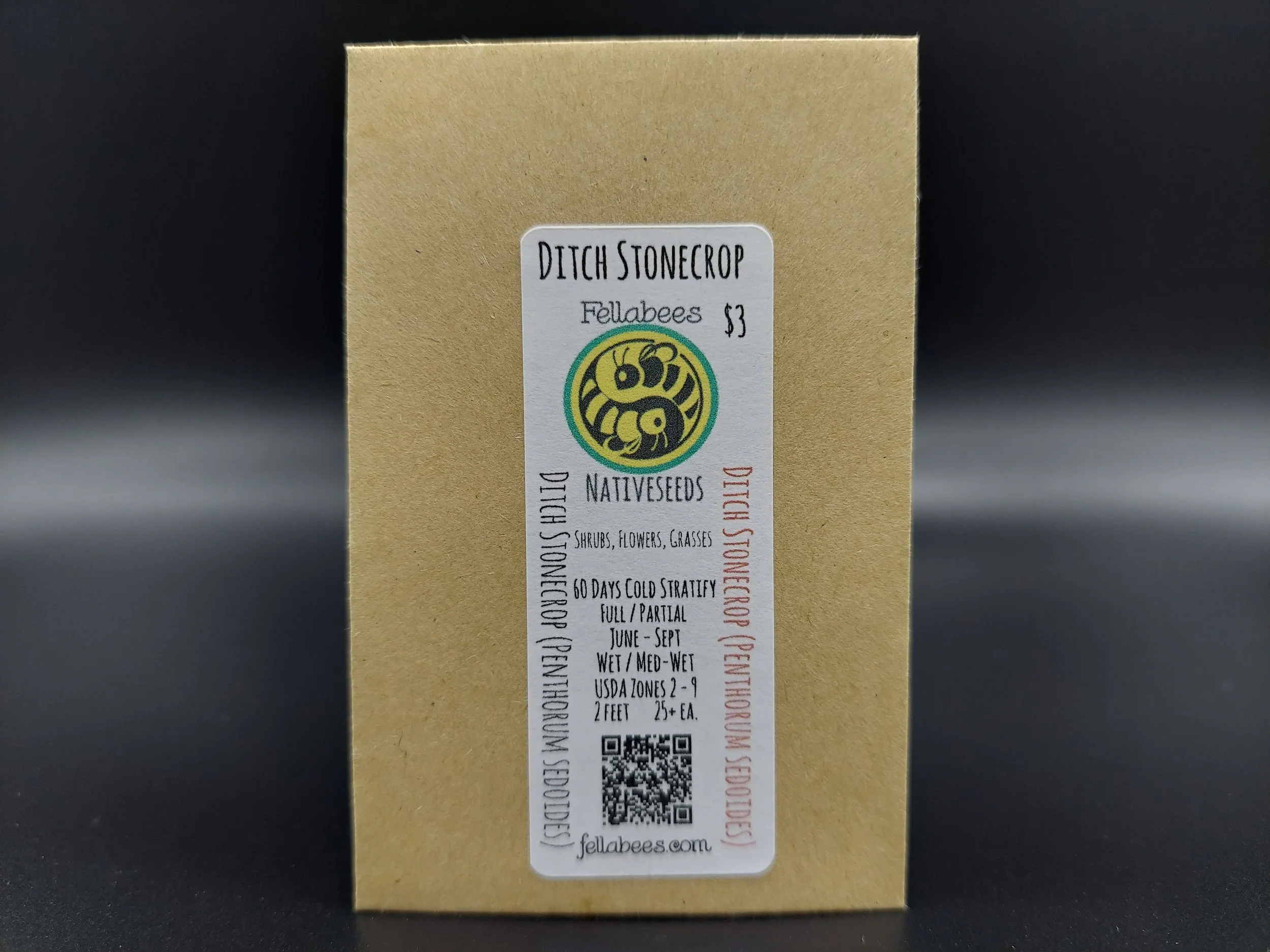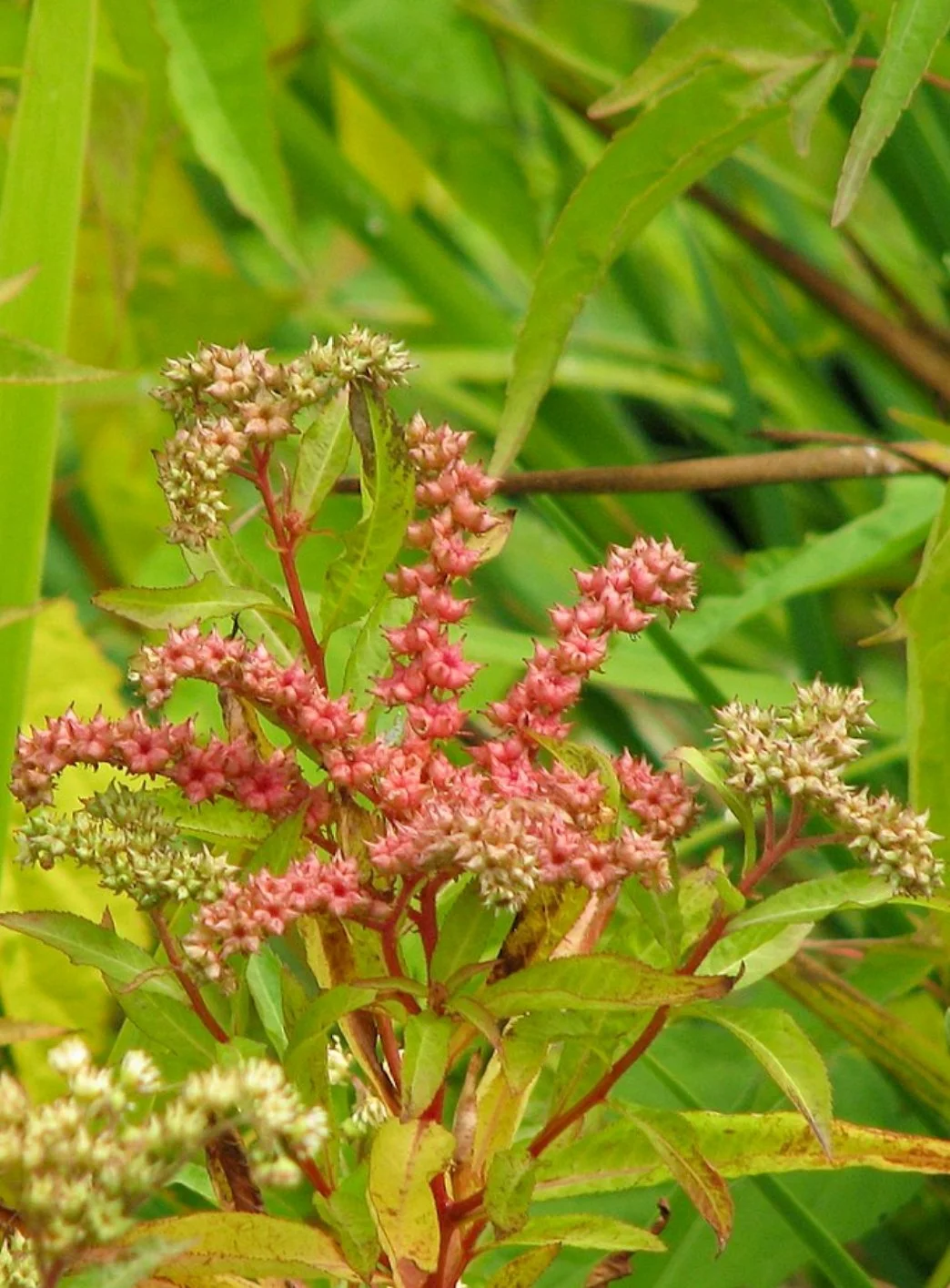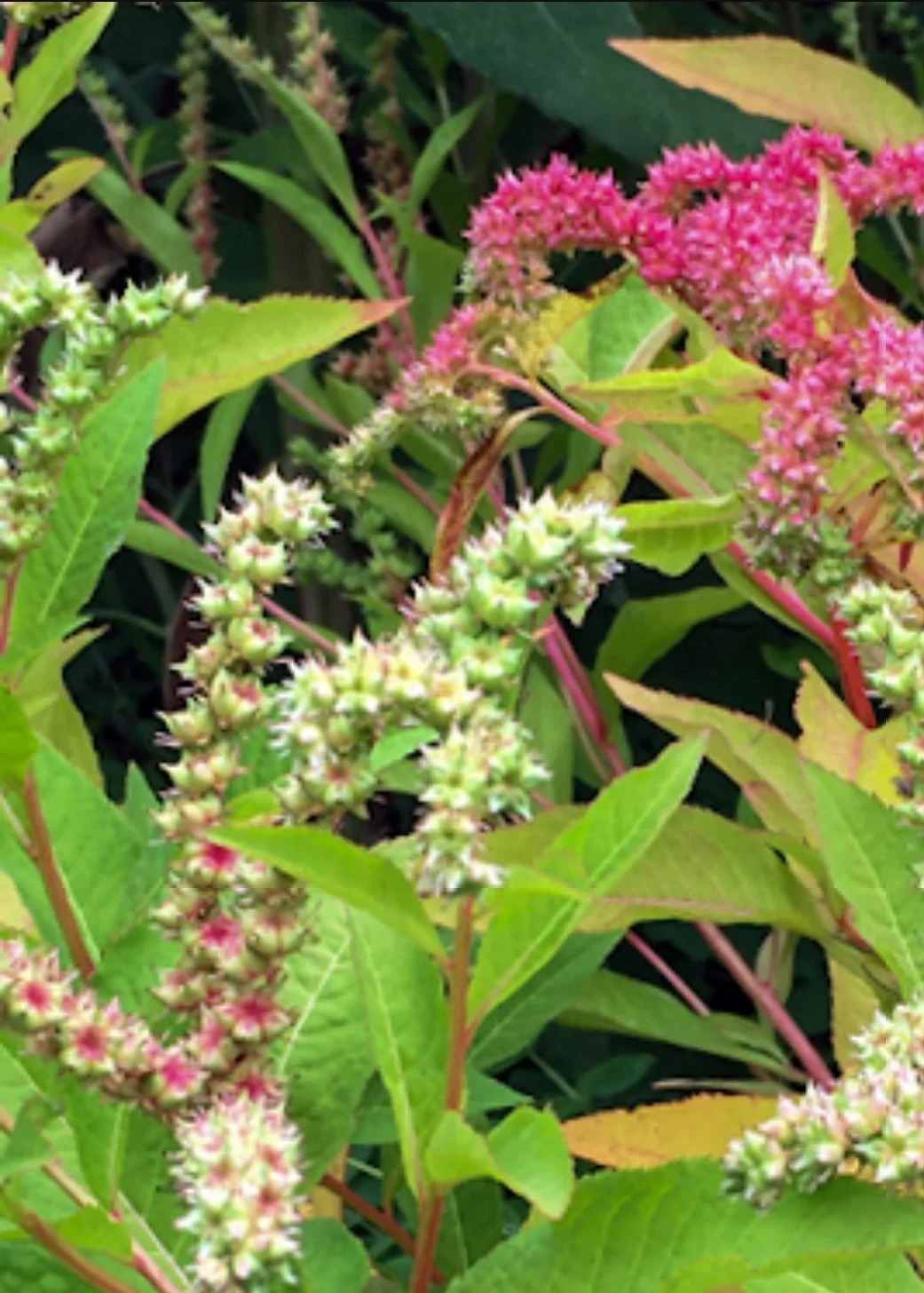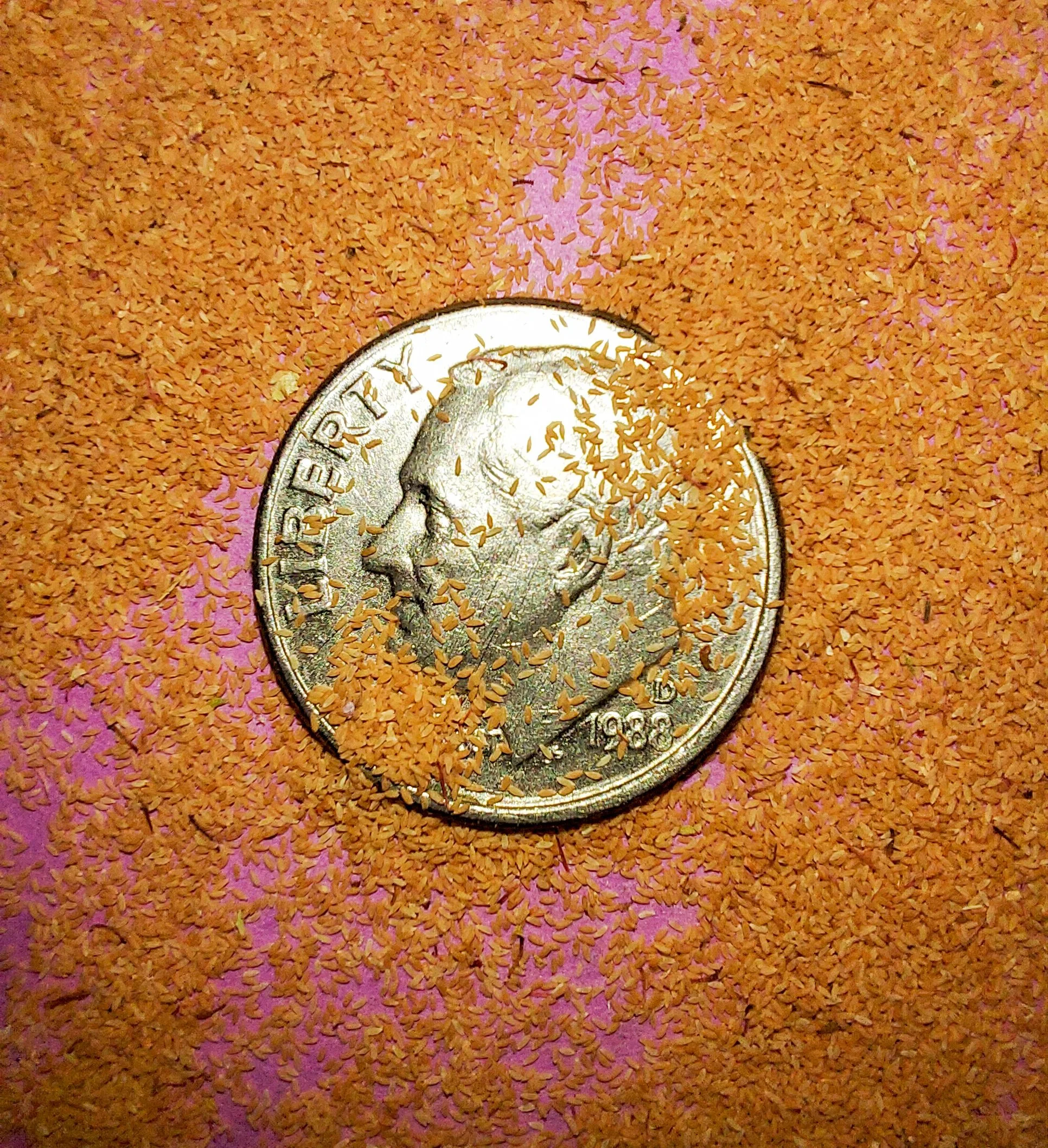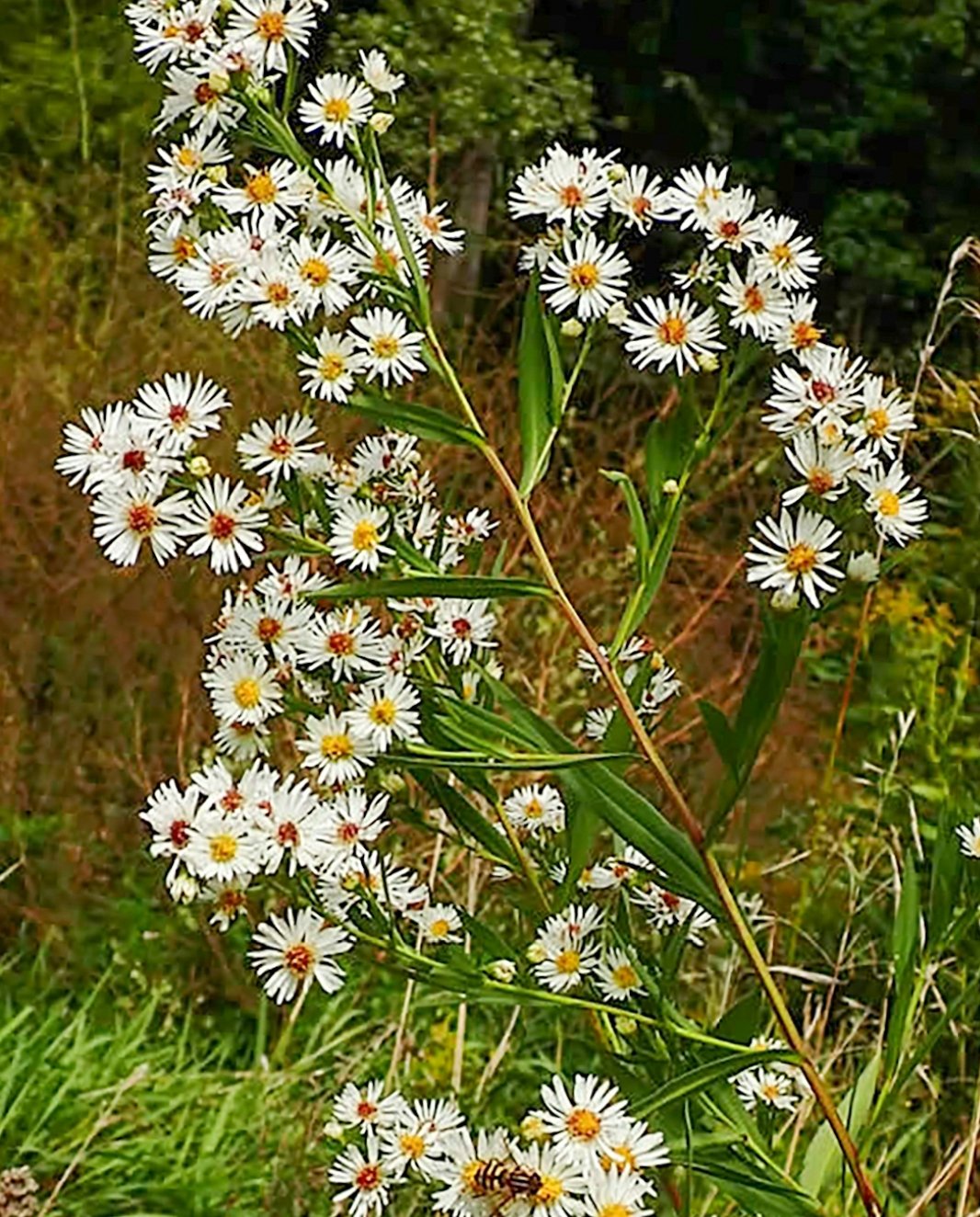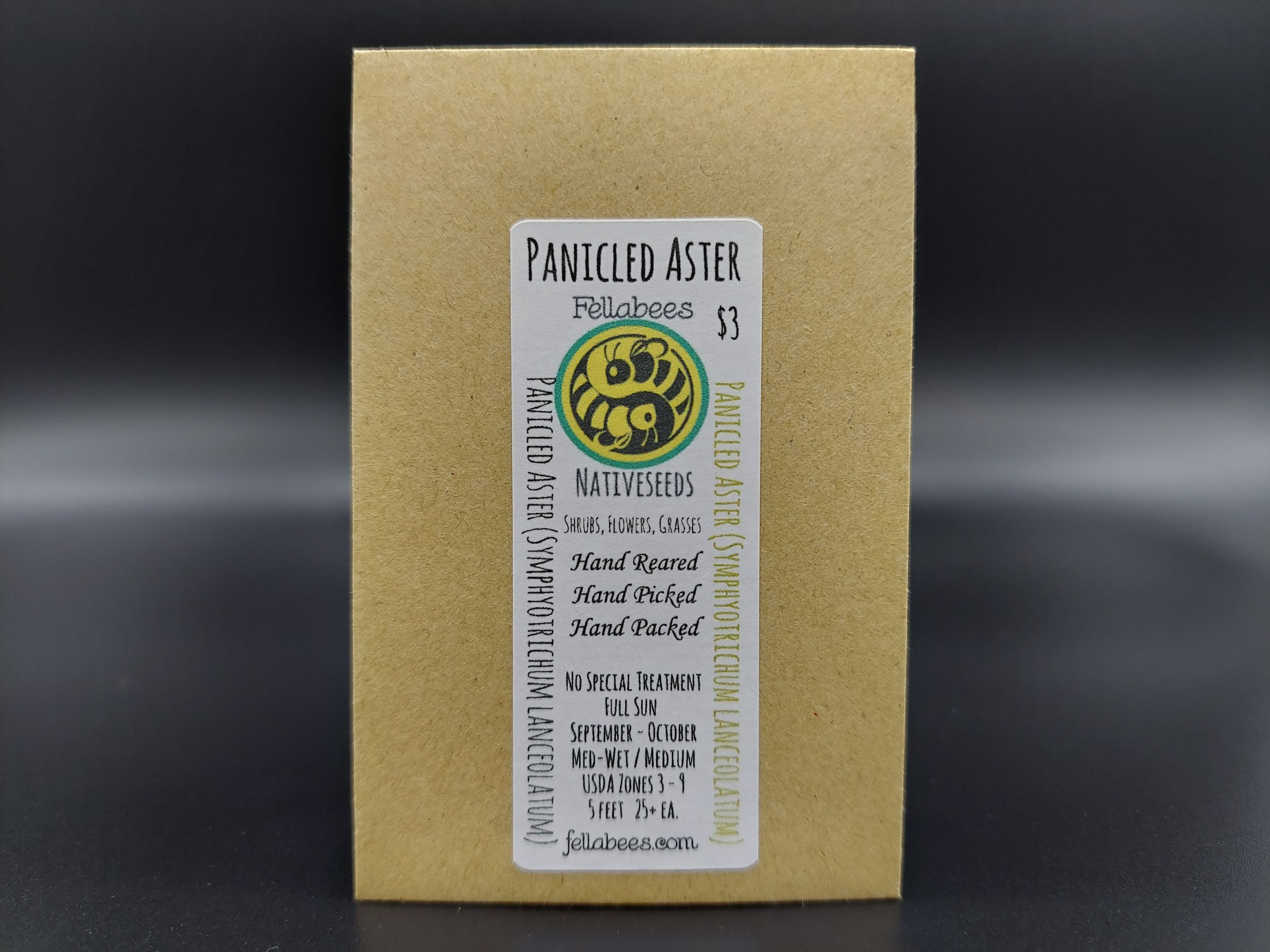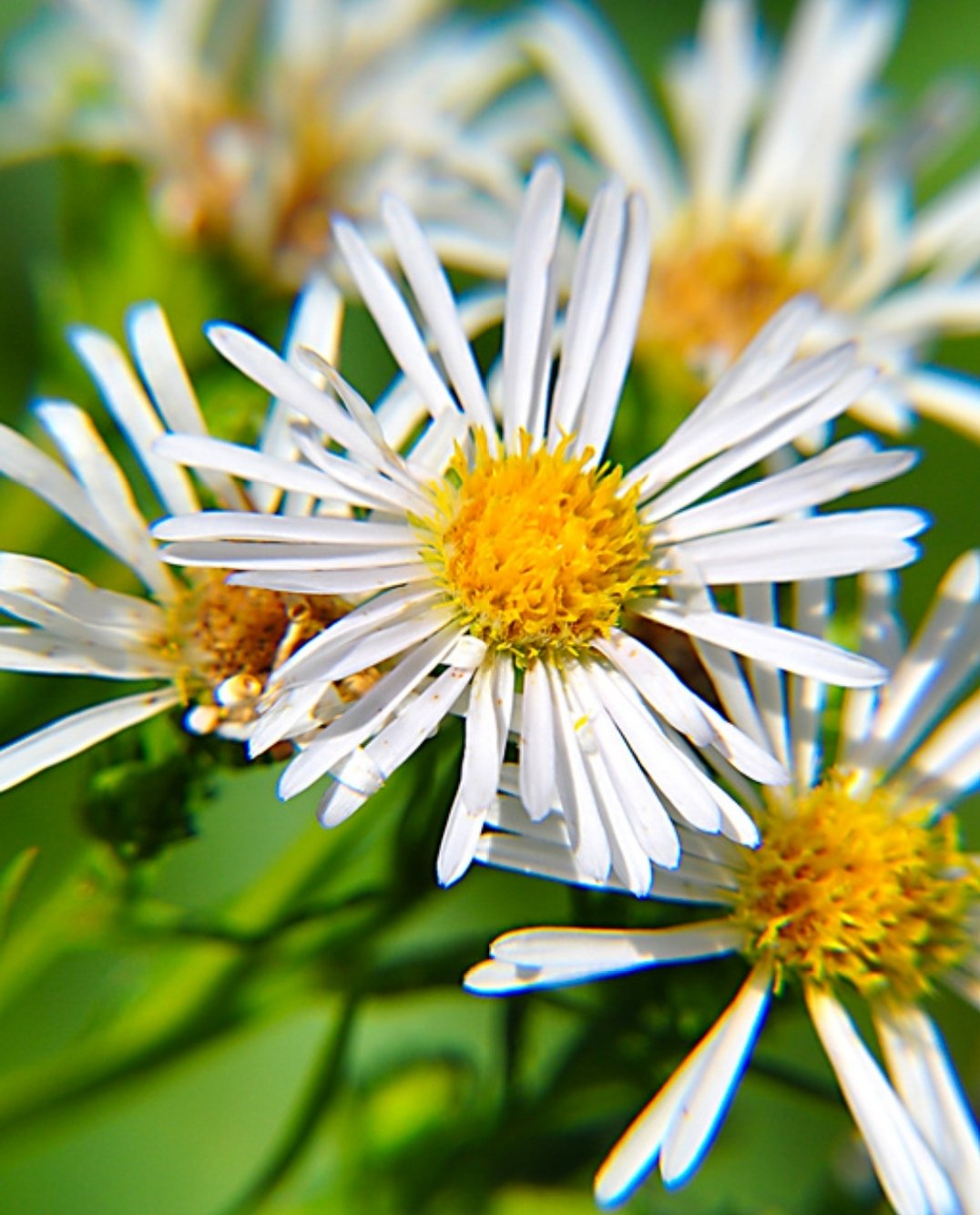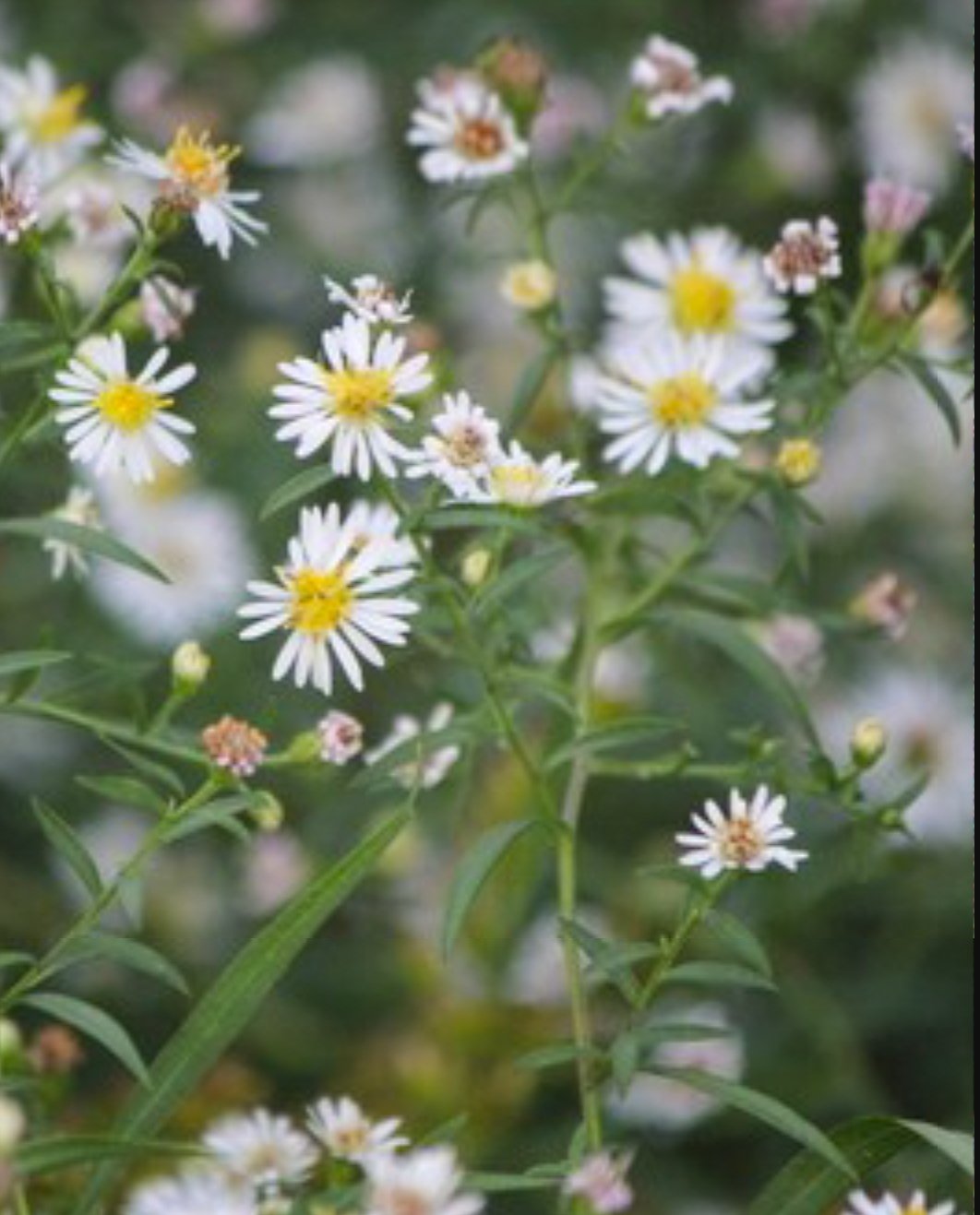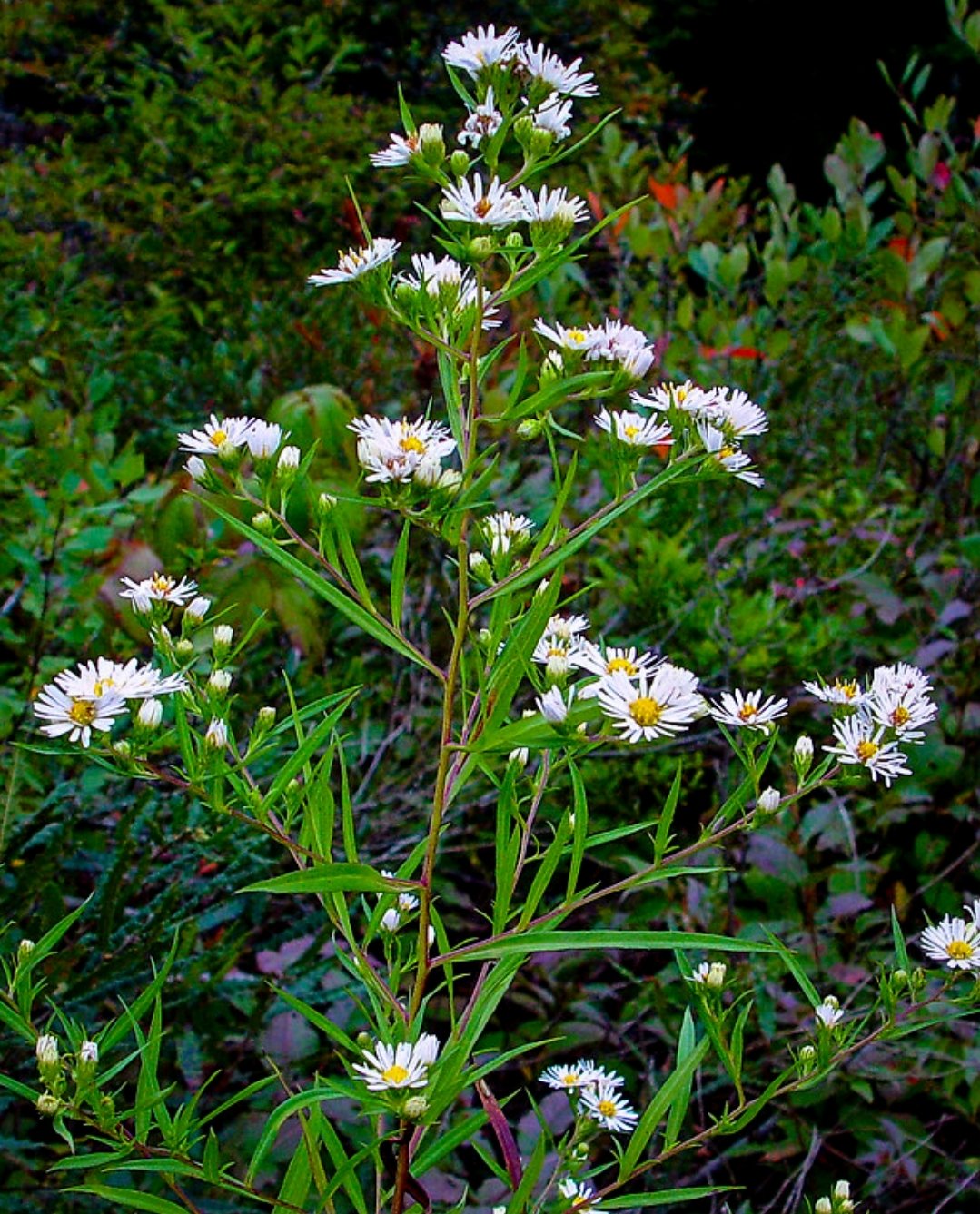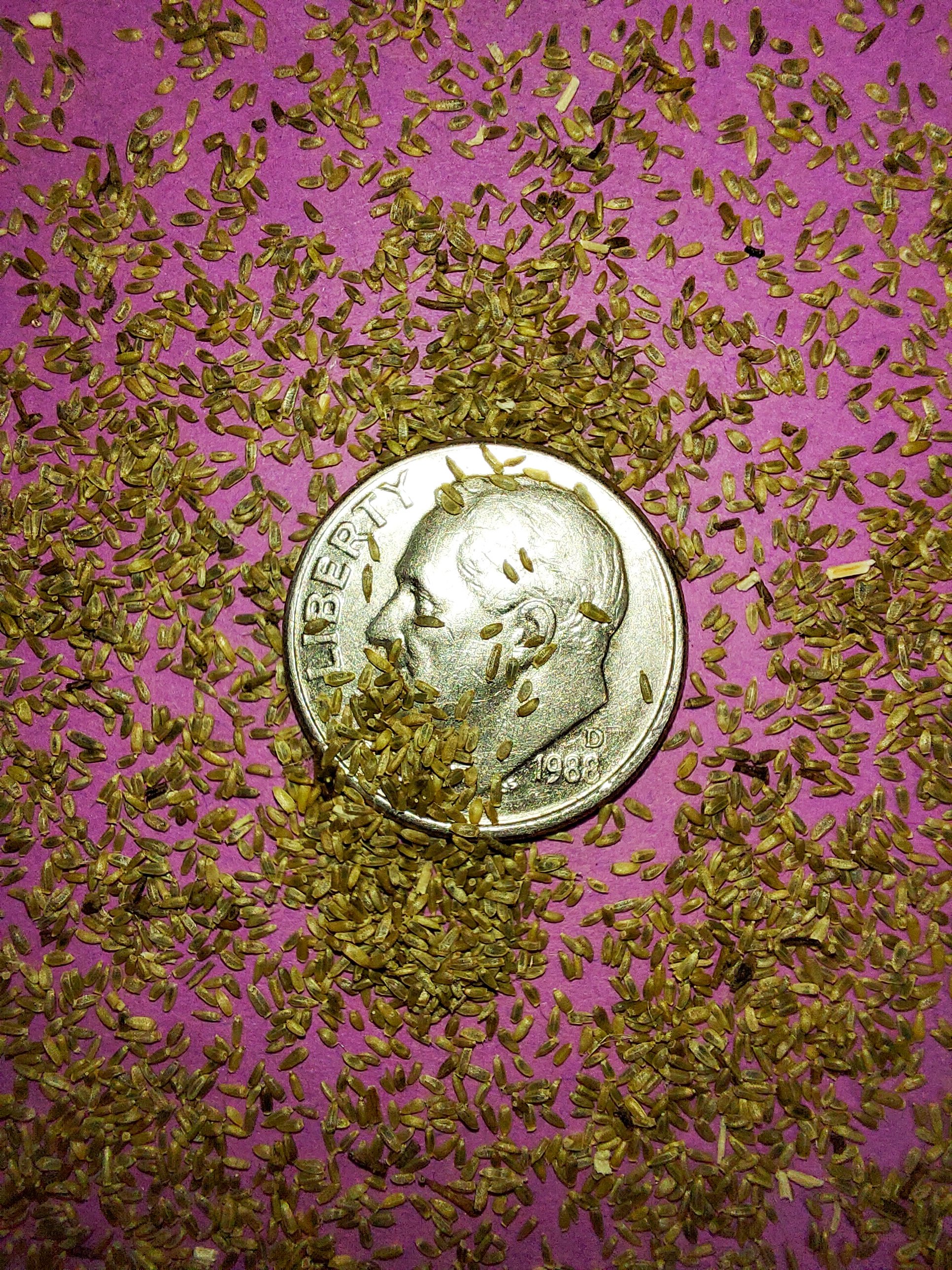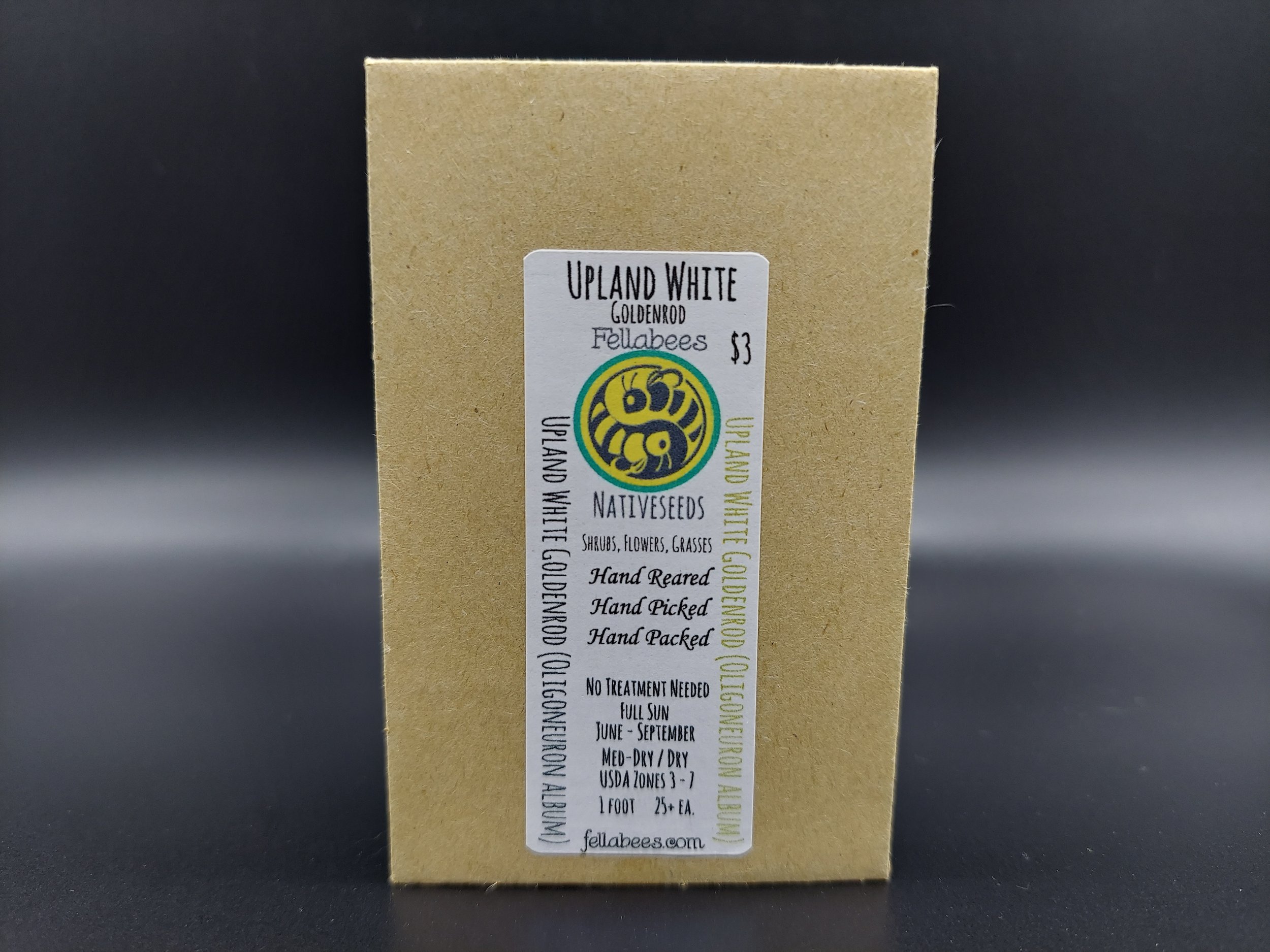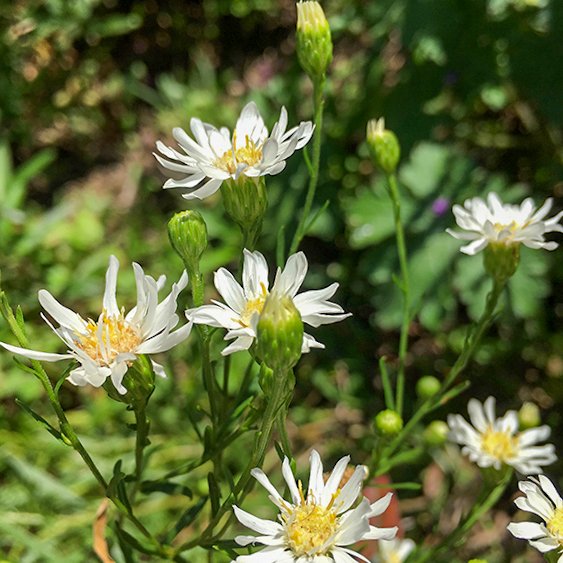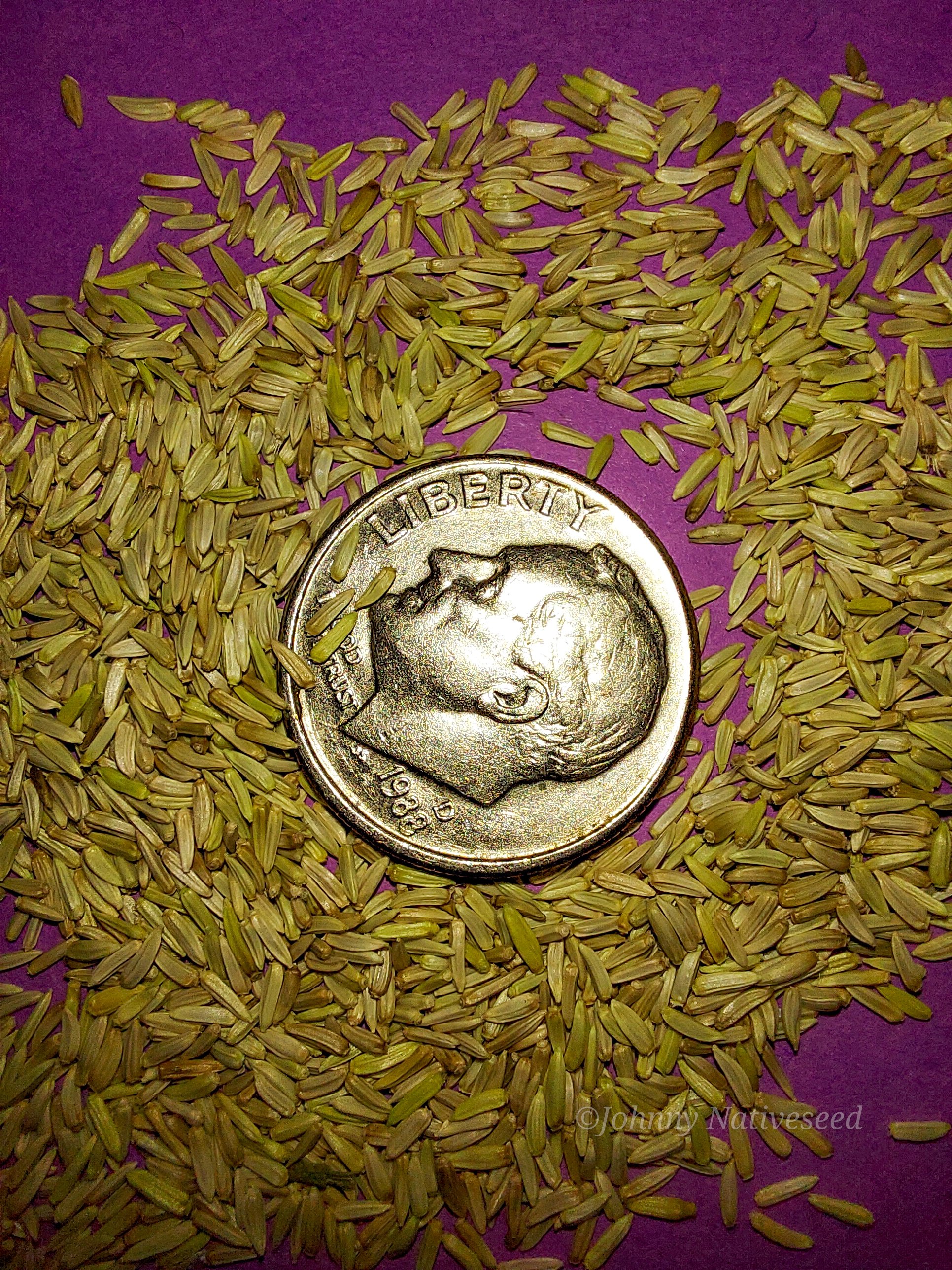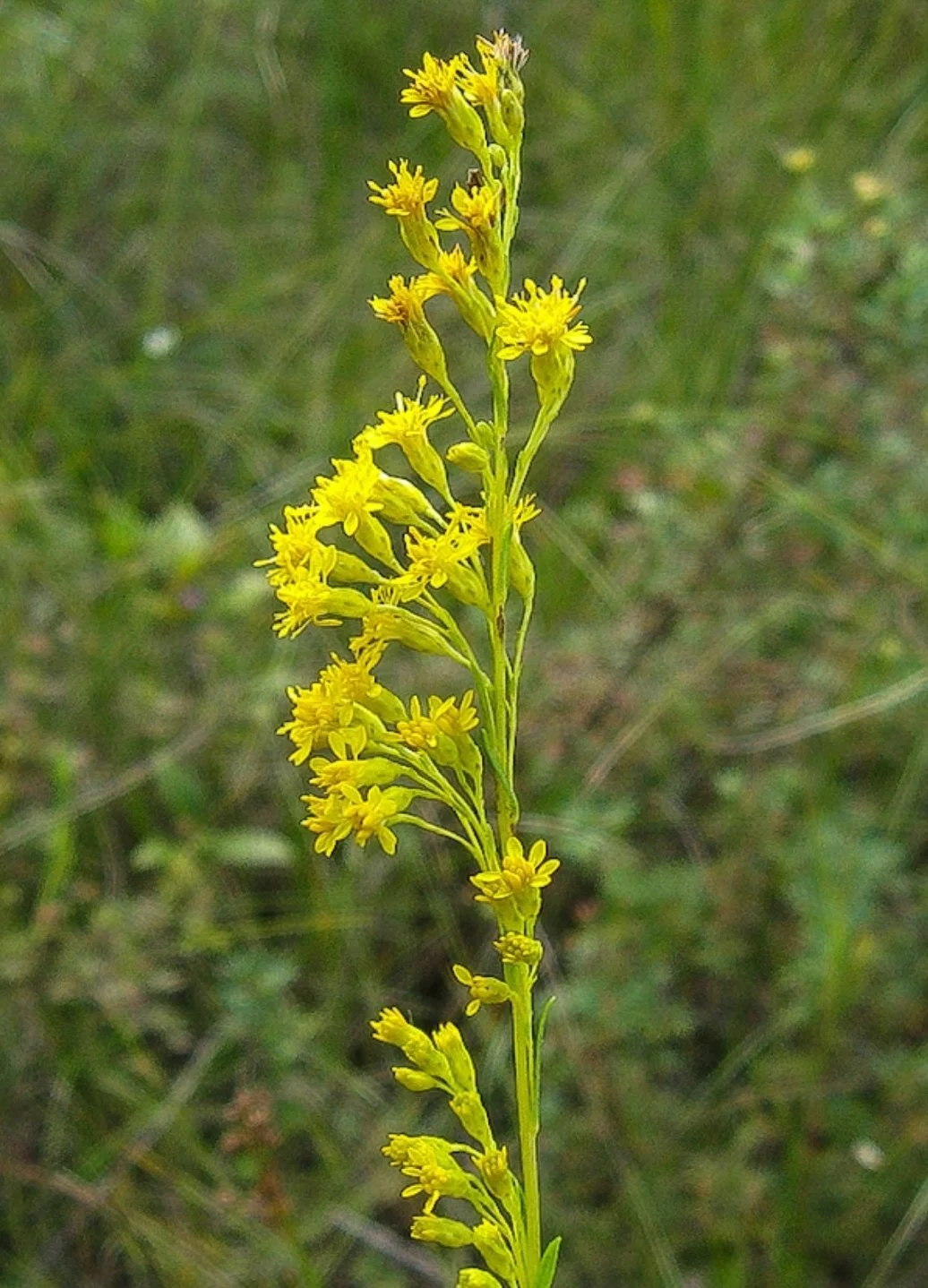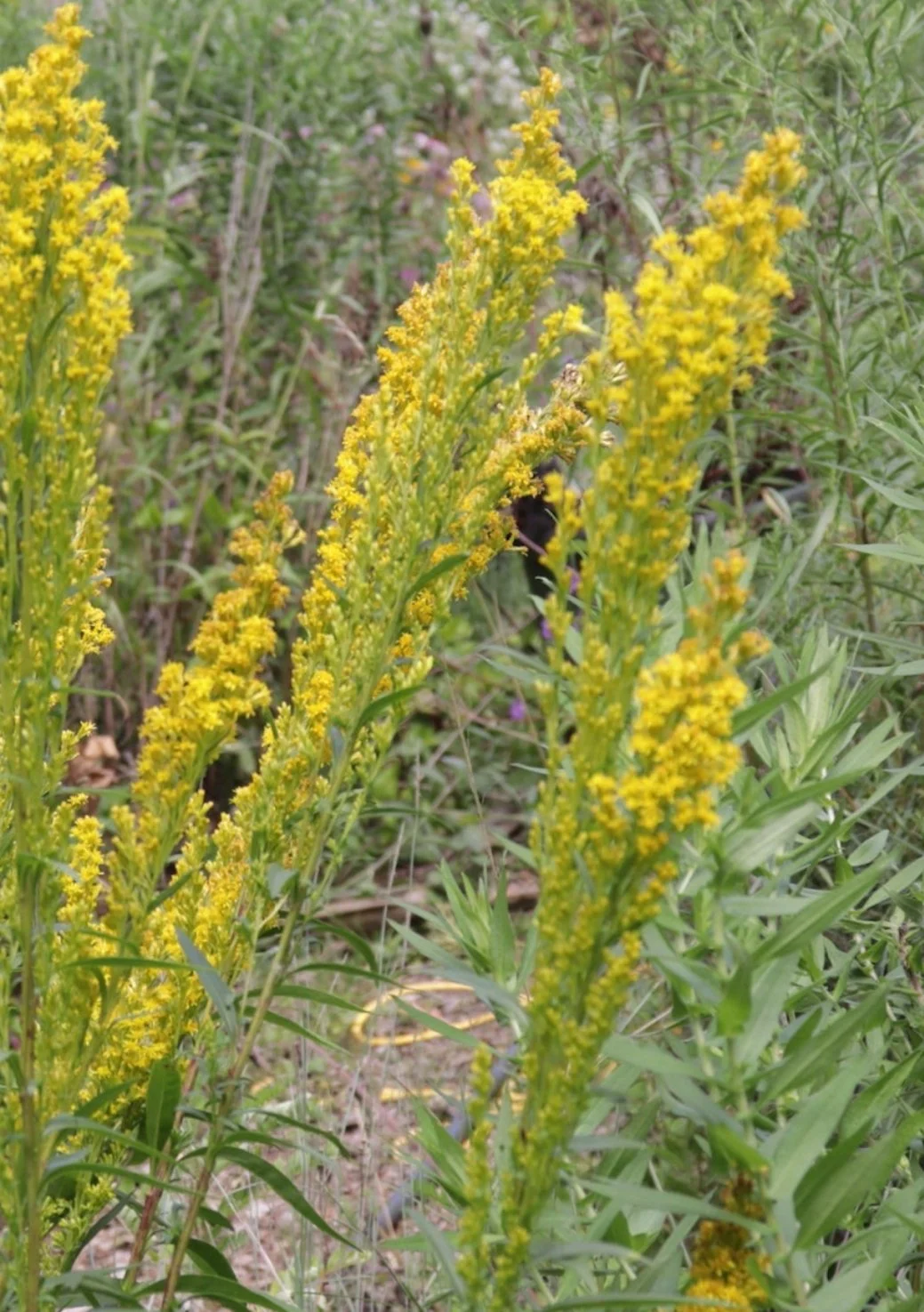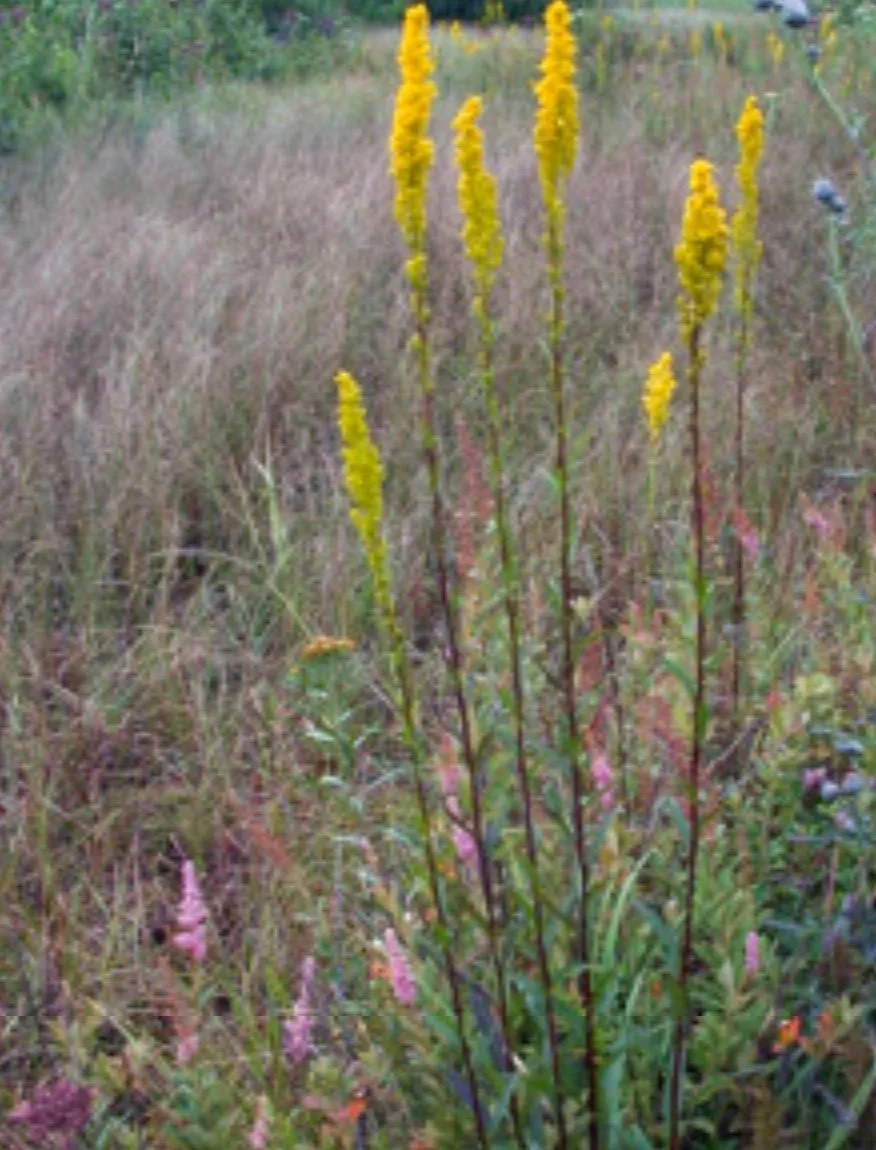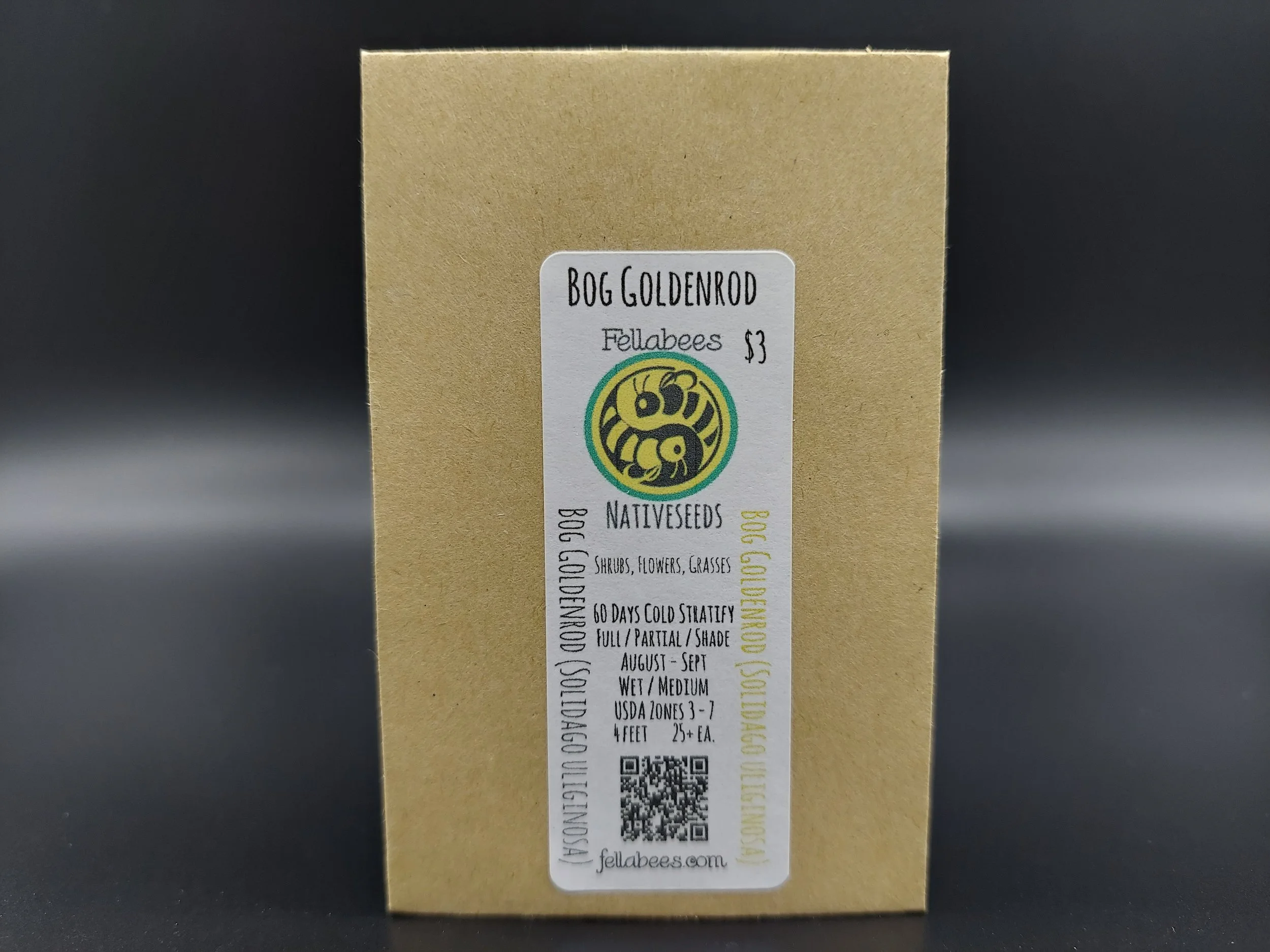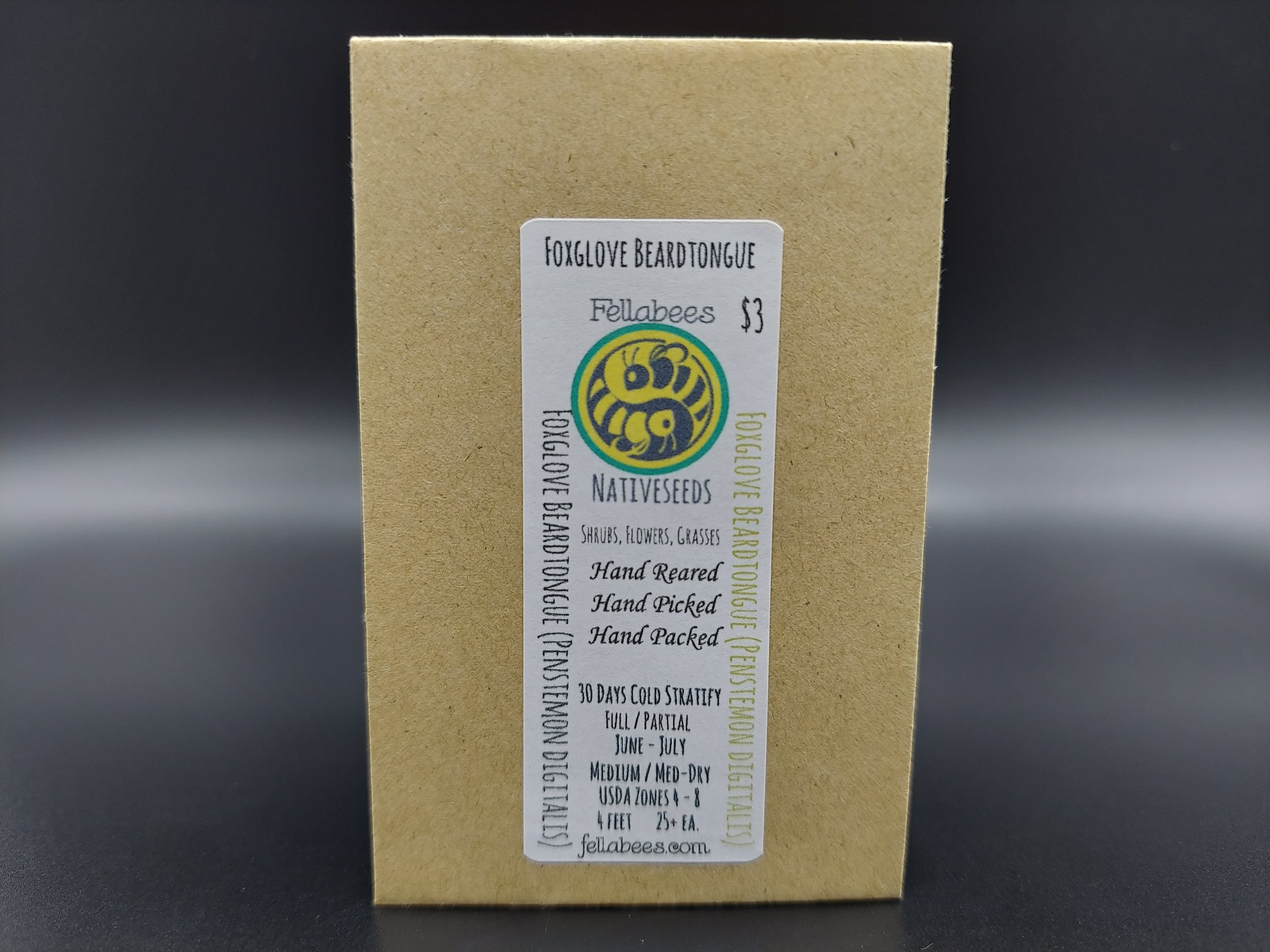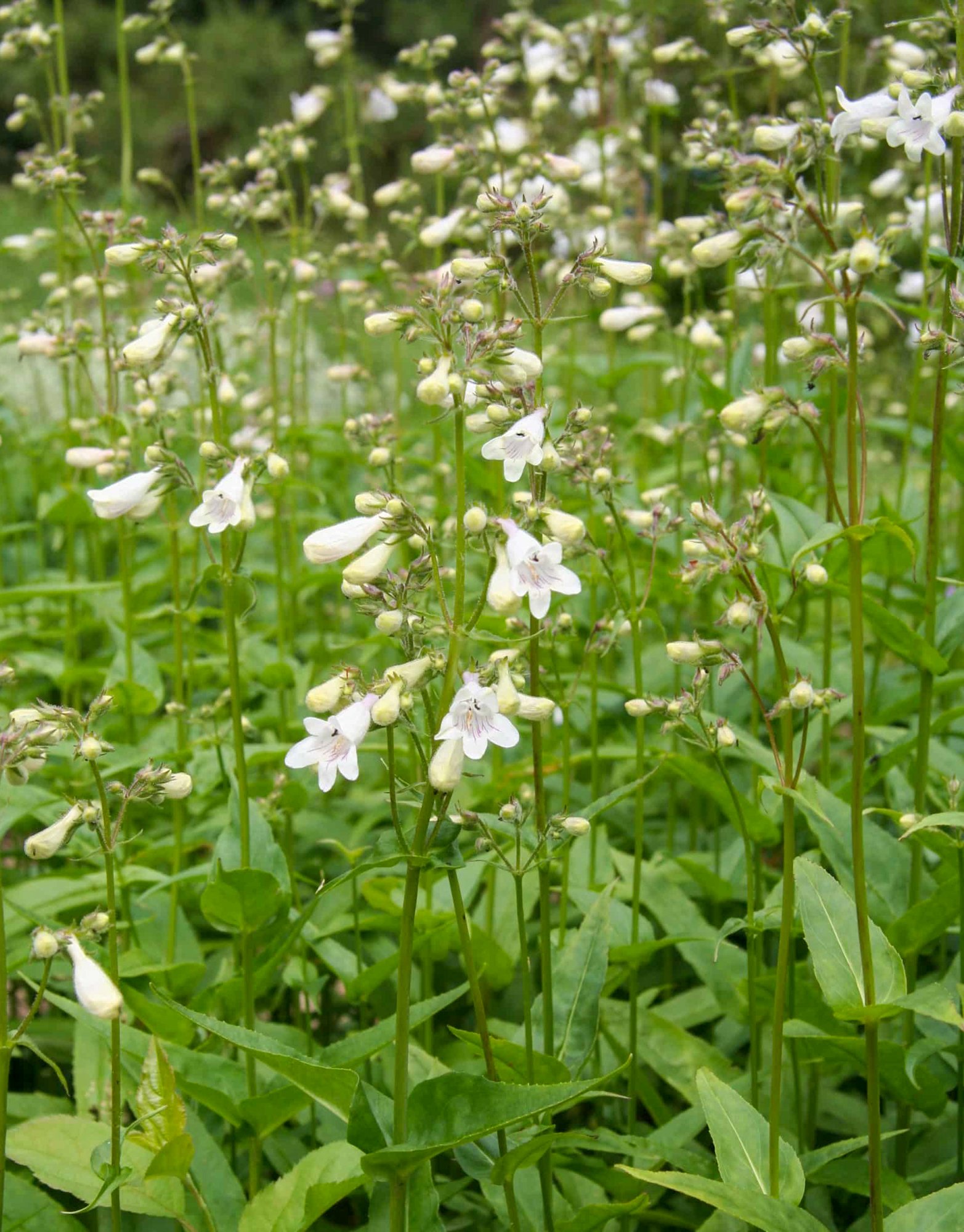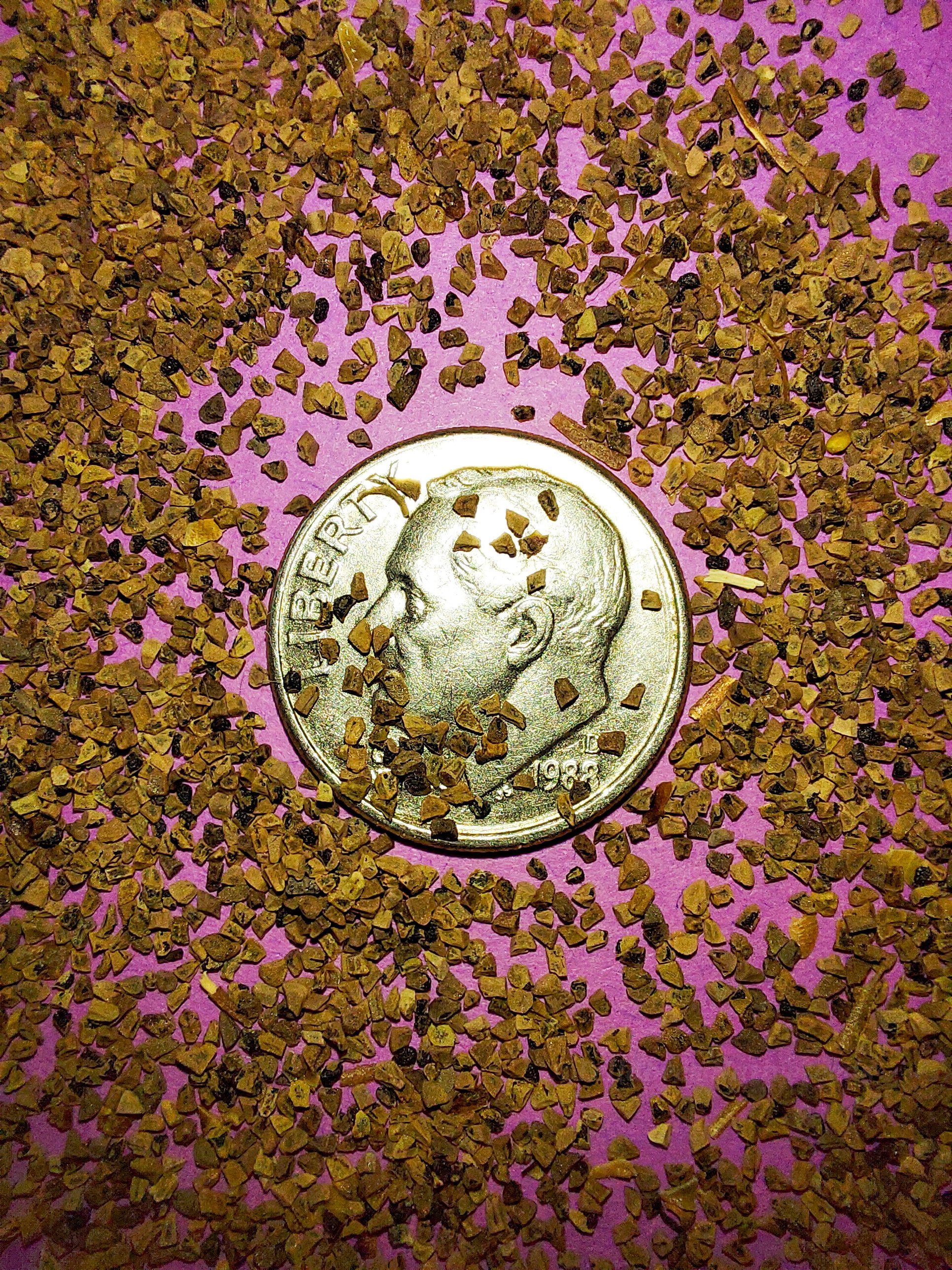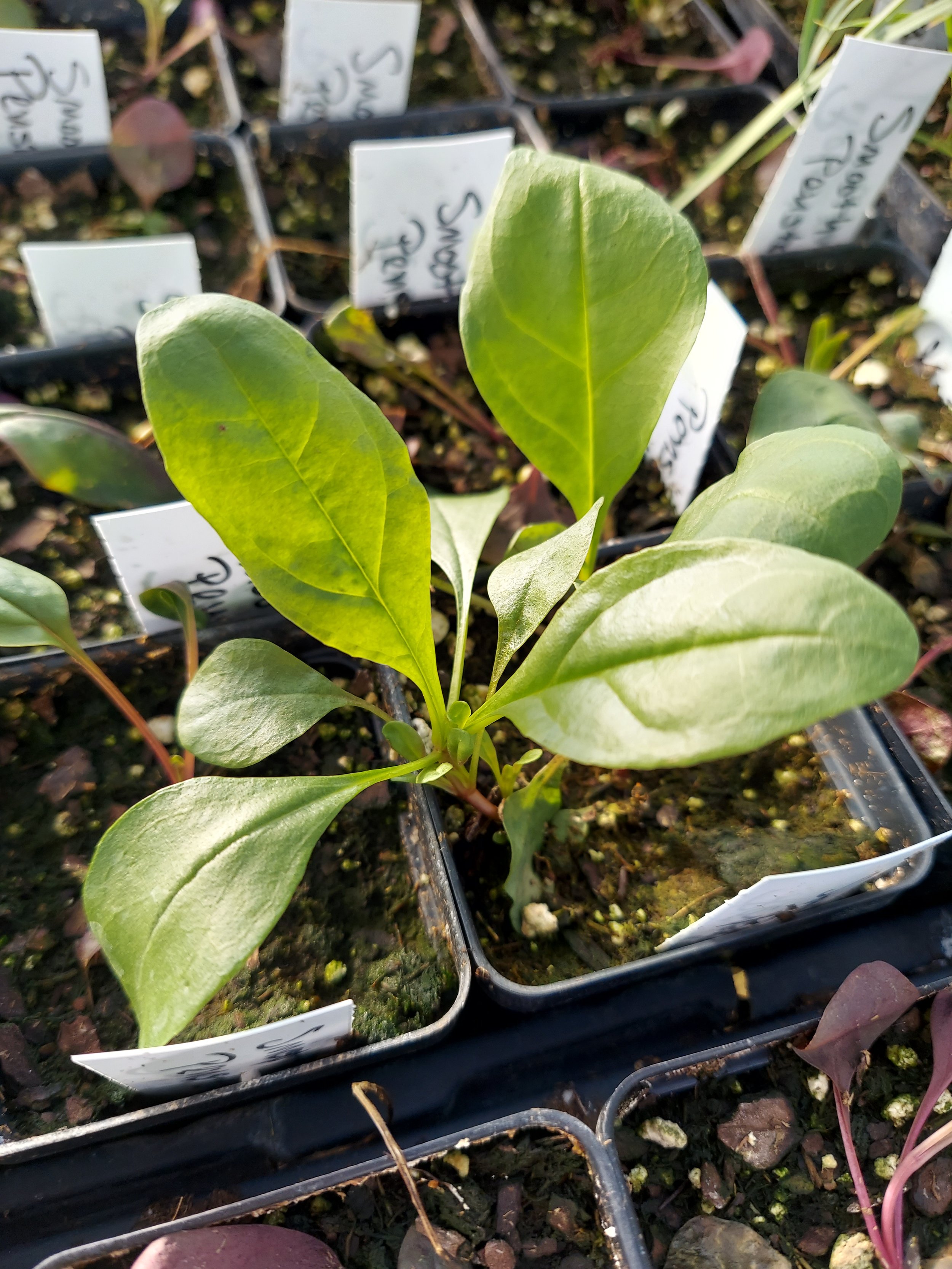 Image 1 of 9
Image 1 of 9

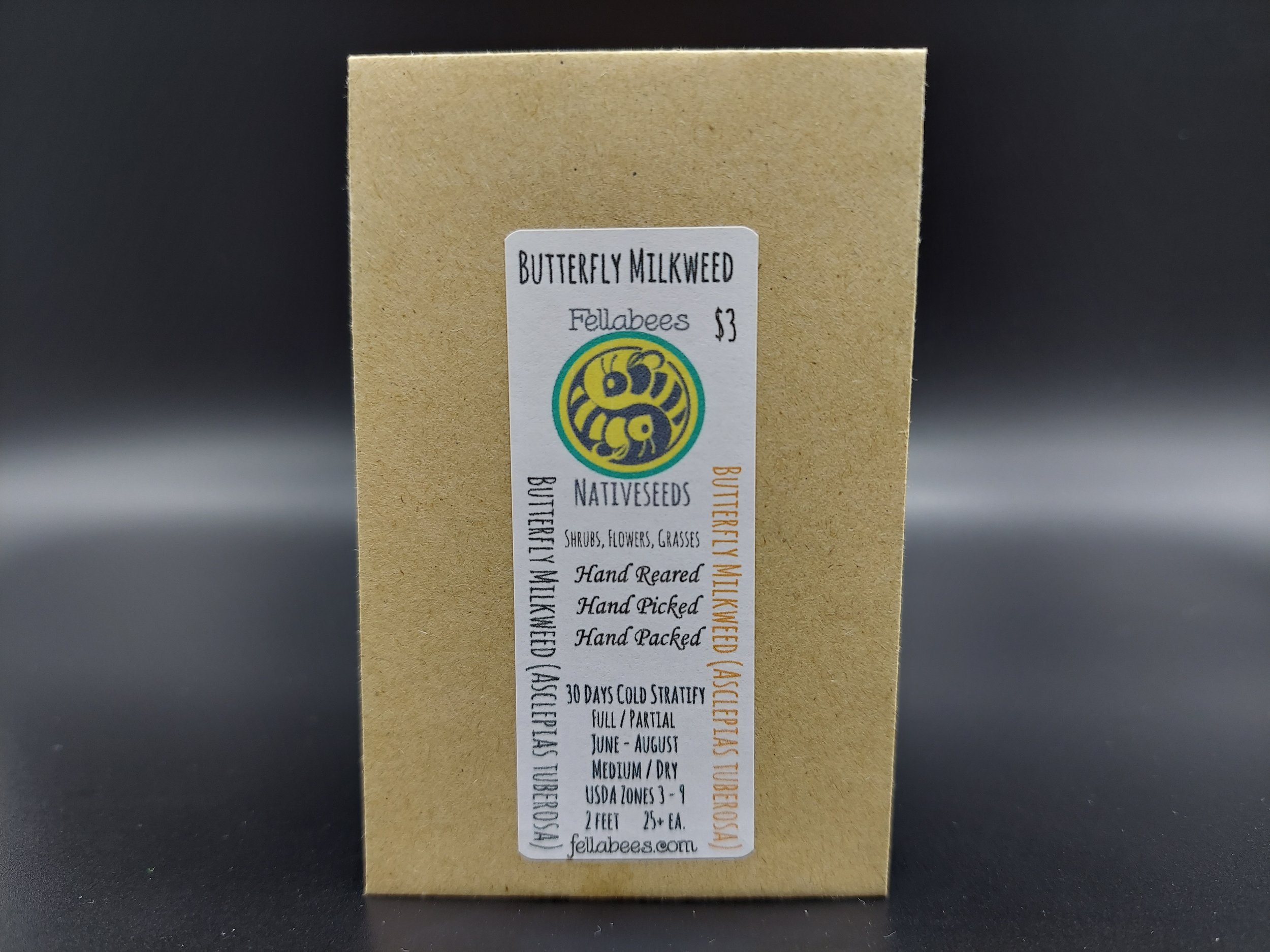 Image 2 of 9
Image 2 of 9

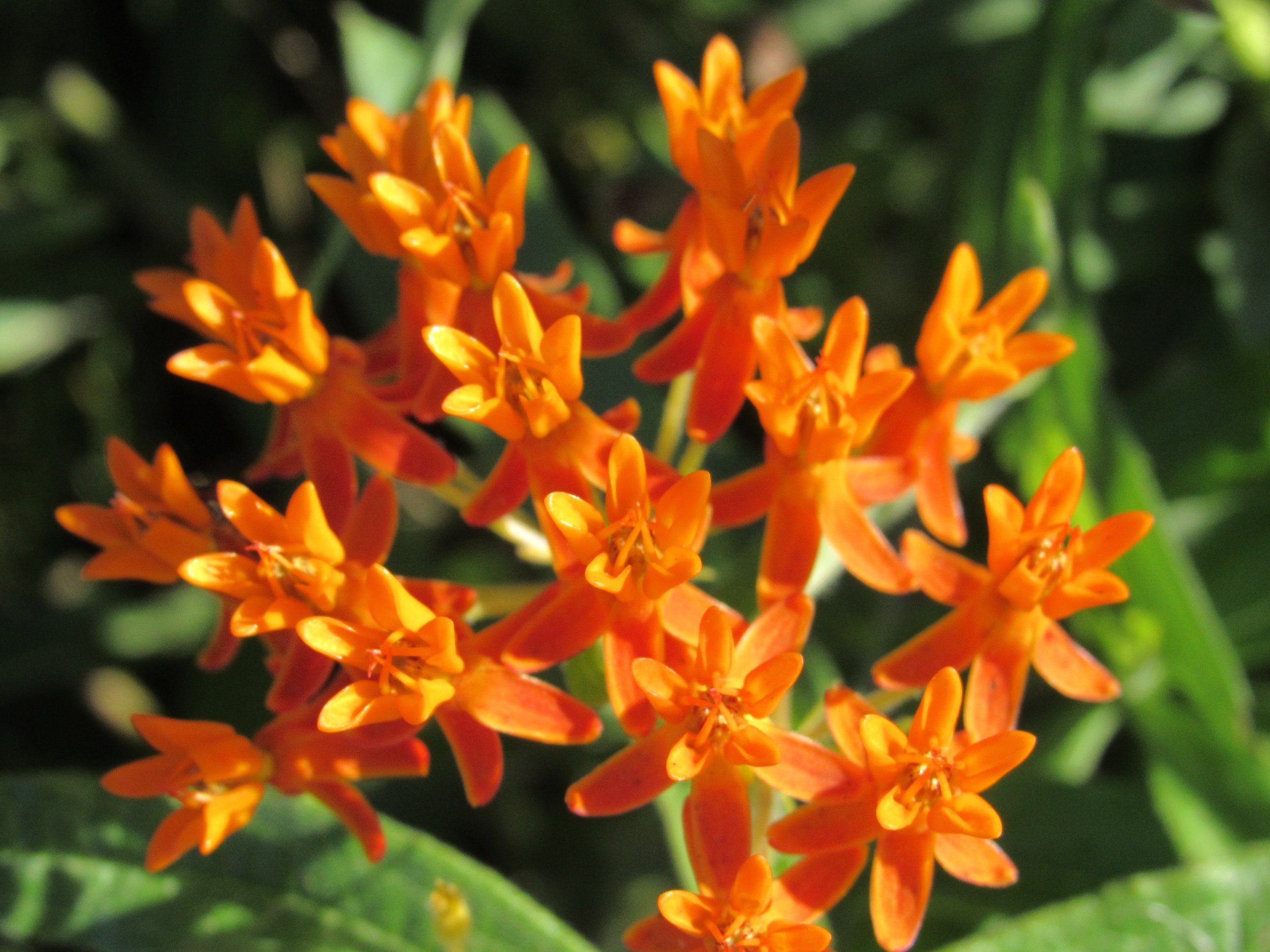 Image 3 of 9
Image 3 of 9

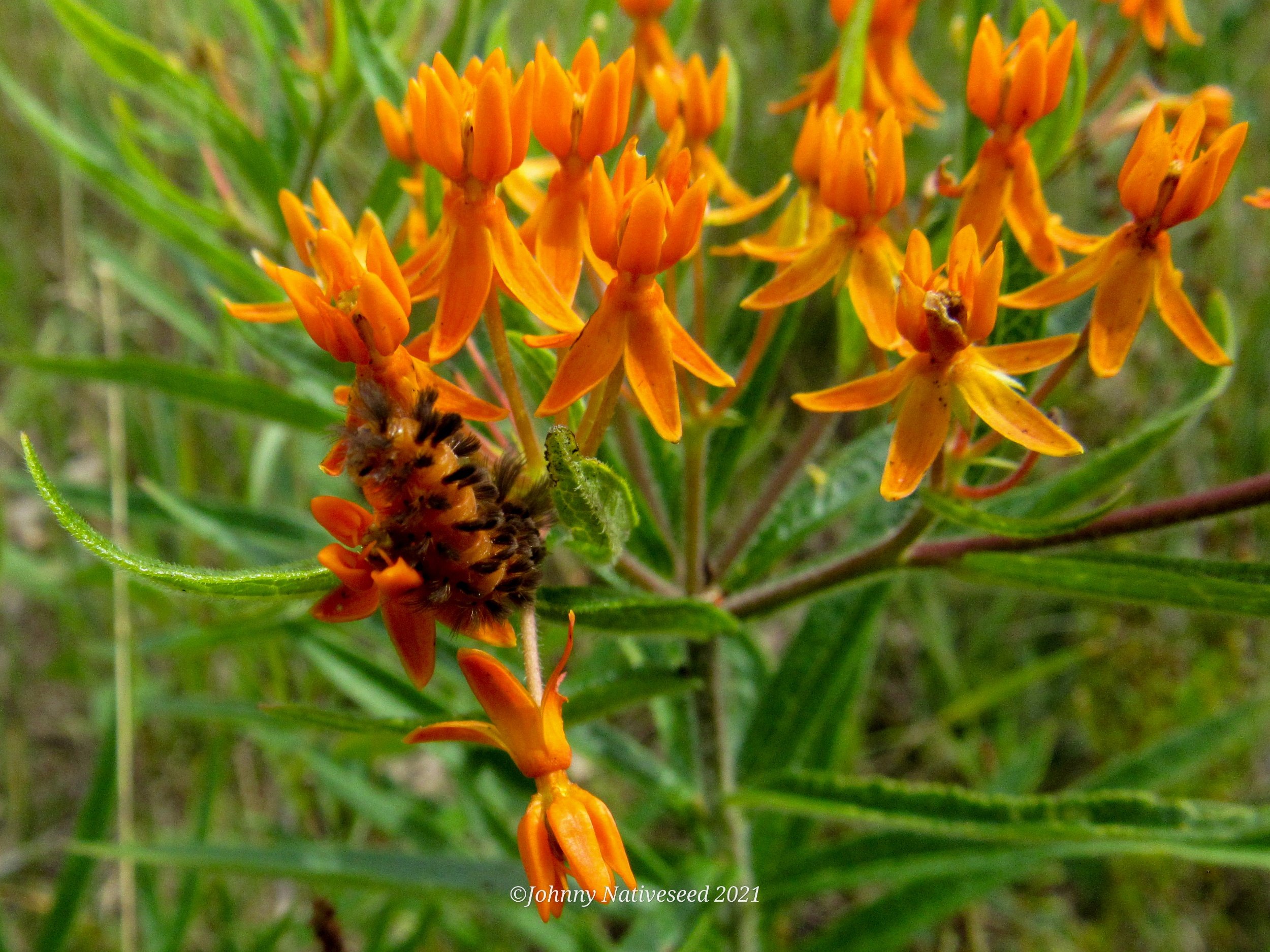 Image 4 of 9
Image 4 of 9

 Image 5 of 9
Image 5 of 9

 Image 6 of 9
Image 6 of 9

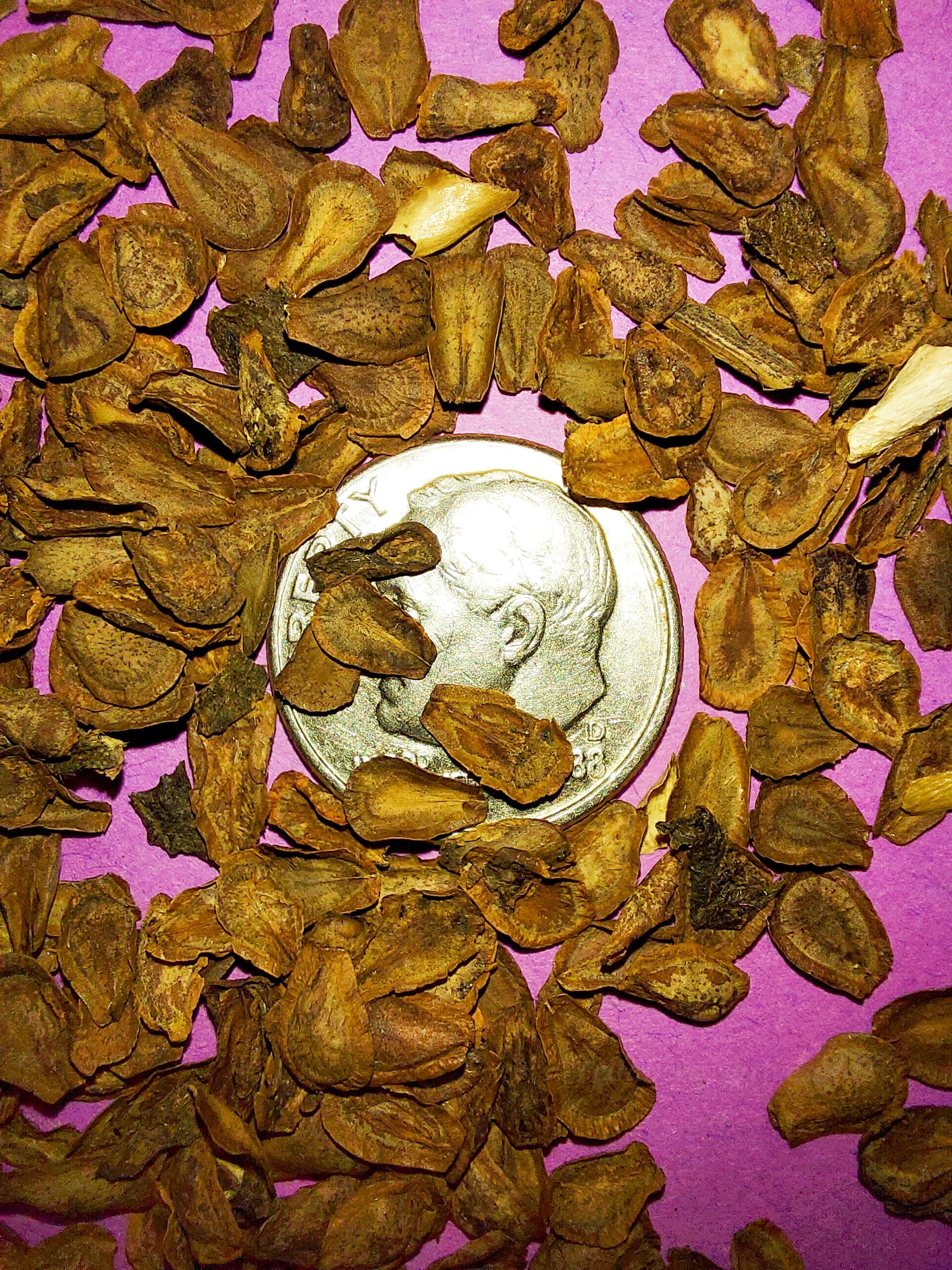 Image 7 of 9
Image 7 of 9

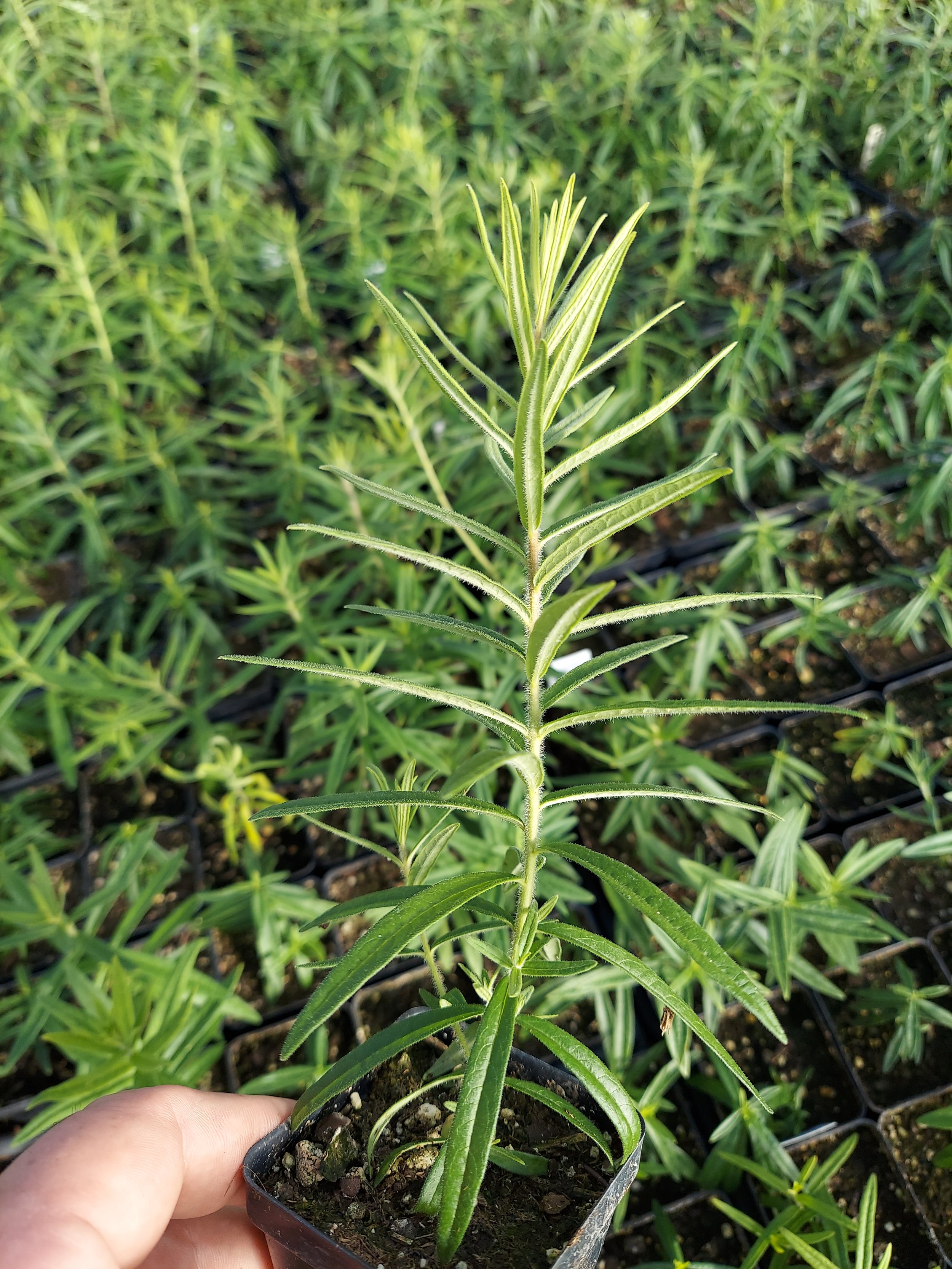 Image 8 of 9
Image 8 of 9

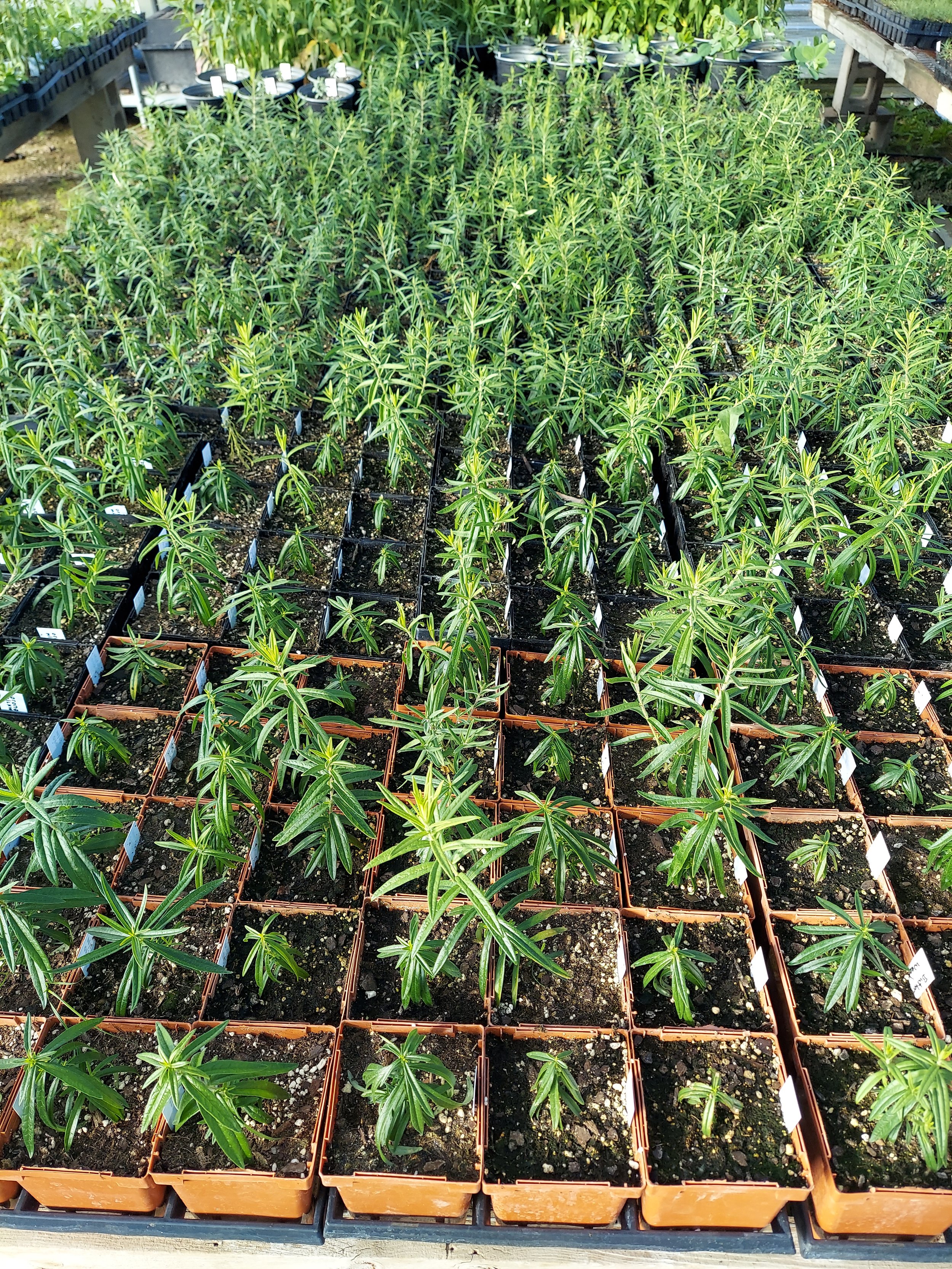 Image 9 of 9
Image 9 of 9










Butterfly Milkweed (Asclepias tuberosa)
Butterfly Milkweed (Asclepias tuberosa)
Asclepias tuberosa, more commonly known as Butterfly Milkweed, is a species of milkweed native to eastern and southwestern North America. It is commonly known as Butterfly Milkweed because of the butterflies that are attracted to the plant by its color and its copious production of nectar! It is also a larval food plant of the Queen and Monarch Butterflies, as well as the Dogbane Tiger Moth, Milkweed Tussock Moth, and the Unexpected Cycnia.
This plant favors dry, sand or gravel soil, but has also been reported on stream margins. It requires full sun.
Most easily propagated by seed. The primary pollinators by volume, are bees and wasps, despite being mobbed by butterflies, and being known as Butterfly Weed..
Sown outdoors after frost, the plant will flower and produce seed in the third year.
It is difficult but not impossible to transplant once established, as it has a deep, woody taproot.
Plant Details:
USDA Zones: 3-9
Germination Needs: 30 Day Cold Stratification
Life Cycle: Perennial
Sun Exposure: Full to Partial
Soil Moisture: Medium, Medium-Dry, Dry
Plant Spacing: 1-3 feet
Height: 2 feet
Bloom Time: June, July, August
Bloom Color: Orange
Advantages
Pollinator Favorite: butterflies, moths, bees, wasps, beetles
Bird Favorite: seeds, insects, fruit, nectar, nesting, perchs.
Deer Resistant: Yes
Excellent in the home landscape!
.
.
Packet quantities:
We pride ourselves on ethical, hands on, ecological management, using no mechanical or chemical methods whatsoever.
All of our native seed is hand reared, hand picked, and hand packed from native prairies under our exclusive management, never breaking chain of custody from the field until it is sent to you. Each packet is hand prepared for shipment by us, directly.
Small seed species will contain greater than 20-25 seed
Large seed species will contain greater than 10-15 seed
It is our mission to spread the wealth of native plant and pollinator ecological sustainability, and educate back yard gardeners as well as corporate and government entities in how to germinate, grow, and benefit from native synergies.
Thank you for your support, it is because of you, that we can grow together to do, what we do.🐛🦋🐝🐞🌾🌱🌼🧡
Butterfly Milkweed (Asclepias tuberosa)
Asclepias tuberosa, more commonly known as Butterfly Milkweed, is a species of milkweed native to eastern and southwestern North America. It is commonly known as Butterfly Milkweed because of the butterflies that are attracted to the plant by its color and its copious production of nectar! It is also a larval food plant of the Queen and Monarch Butterflies, as well as the Dogbane Tiger Moth, Milkweed Tussock Moth, and the Unexpected Cycnia.
This plant favors dry, sand or gravel soil, but has also been reported on stream margins. It requires full sun.
Most easily propagated by seed. The primary pollinators by volume, are bees and wasps, despite being mobbed by butterflies, and being known as Butterfly Weed..
Sown outdoors after frost, the plant will flower and produce seed in the third year.
It is difficult but not impossible to transplant once established, as it has a deep, woody taproot.
Plant Details:
USDA Zones: 3-9
Germination Needs: 30 Day Cold Stratification
Life Cycle: Perennial
Sun Exposure: Full to Partial
Soil Moisture: Medium, Medium-Dry, Dry
Plant Spacing: 1-3 feet
Height: 2 feet
Bloom Time: June, July, August
Bloom Color: Orange
Advantages
Pollinator Favorite: butterflies, moths, bees, wasps, beetles
Bird Favorite: seeds, insects, fruit, nectar, nesting, perchs.
Deer Resistant: Yes
Excellent in the home landscape!
.
.
Packet quantities:
We pride ourselves on ethical, hands on, ecological management, using no mechanical or chemical methods whatsoever.
All of our native seed is hand reared, hand picked, and hand packed from native prairies under our exclusive management, never breaking chain of custody from the field until it is sent to you. Each packet is hand prepared for shipment by us, directly.
Small seed species will contain greater than 20-25 seed
Large seed species will contain greater than 10-15 seed
It is our mission to spread the wealth of native plant and pollinator ecological sustainability, and educate back yard gardeners as well as corporate and government entities in how to germinate, grow, and benefit from native synergies.
Thank you for your support, it is because of you, that we can grow together to do, what we do.🐛🦋🐝🐞🌾🌱🌼🧡

